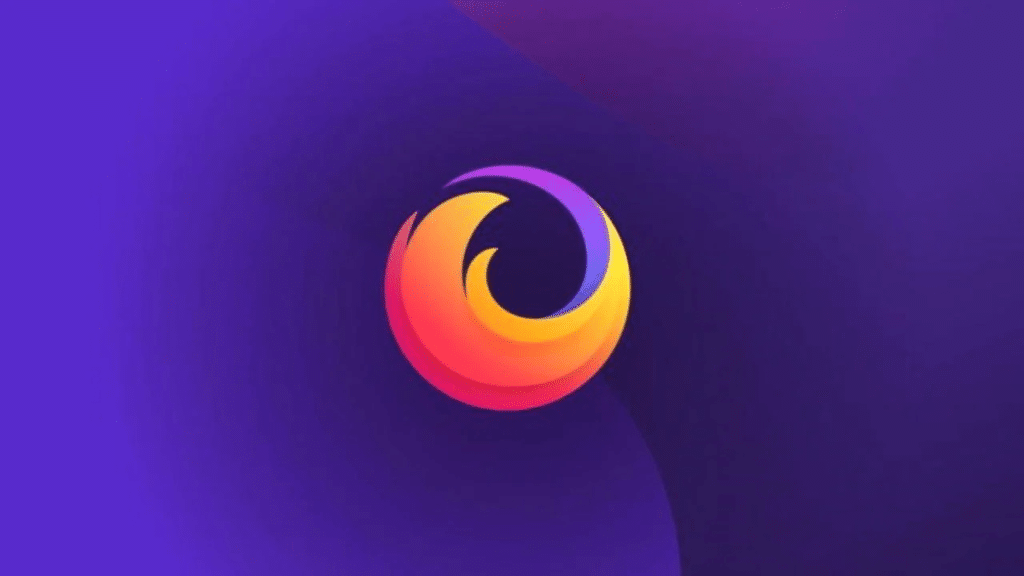The digital world is saturated with video. From short-form reels and stories to long-form educational content and documentaries, people everywhere are turning to videos as their go-to medium for expression, entertainment, and learning. In this video-centric ecosystem, two key concepts often come up: the video sharing app and Firefox DRM. While one speaks to the widespread demand for community-driven content, the other ensures that the content remains secure and protected from unauthorized access or piracy.
Let’s explore both of these ideas in detail, and understand how they impact creators, developers, and viewers alike.
What Is a Video Sharing App?
A video sharing app is a platform that allows users to upload, watch, share, and sometimes monetize video content. These apps are built for content creators to distribute their work and for audiences to discover and engage with that content. Unlike traditional media outlets, which are often curated and regulated by large production houses, video sharing apps democratize content creation. Anyone with a smartphone or camera can share a video, grow an audience, and even earn revenue.
Some apps focus on short videos meant for quick consumption, while others are designed for long-form content such as tutorials, vlogs, and live streams. What all video sharing apps have in common is the sense of accessibility. You don’t need to be a tech wizard or a filmmaker to participate in the ecosystem.
Most of these platforms also provide features like comments, likes, hashtags, and algorithm-driven feeds to ensure maximum reach and user engagement. In many cases, the same app that helps you record your video will also offer basic editing tools, filters, music overlays, and scheduling options, making the entire process seamless for beginners and professionals alike.
How Do Video Sharing Apps Work Behind the Scenes?
From a technical standpoint, video sharing apps rely on a combination of video encoding, content delivery networks (CDNs), and user interface design to ensure videos can be uploaded, stored, and streamed efficiently. Videos are usually compressed and optimized in real time, then delivered using streaming protocols that allow for smooth playback even on slow internet connections.
Monetization systems are often built-in as well. Depending on the app, creators might earn through ad revenue sharing, viewer tips, subscriptions, or direct sponsorships. The ability to share videos across devices and platforms is also a core feature, enabling viewers to consume content anywhere, anytime.
Why Security and DRM Are Crucial in Video Sharing
While sharing content widely is great for exposure, it also opens the door to misuse. One of the most common threats is unauthorized downloading or screen recording of copyrighted videos. This is especially problematic for creators and businesses that depend on exclusive or premium content for their revenue.
This is where DRM (Digital Rights Management) enters the picture.
What Is Firefox DRM?
Firefox DRM refers to the digital rights management technology implemented in the Firefox web browser to enable the secure playback of protected video content. Browsers today act as full-featured video players, and Firefox is no exception. However, because it is an open-source browser with strong privacy principles, its relationship with DRM has always been handled delicately.
When Firefox detects that a video needs DRM to play—usually because it’s protected by licensing agreements—it prompts the user to enable DRM. Once enabled, the browser loads a certified decryption module that works behind the scenes to verify playback rights without exposing the raw video file to the user. This ensures that the content can be viewed but not easily stolen or misused.
It’s worth noting that the DRM system used in Firefox is designed to balance user control and content protection. It doesn’t invade privacy or collect user data, and users always have the option to disable it in browser settings. However, disabling it will prevent certain premium or protected videos from playing.
Why Firefox DRM Matters for Creators and Platforms
If you’re developing or using a video sharing app, Firefox DRM becomes an important consideration. Many creators now demand protection for their work, especially when it includes paid courses, live events, or original intellectual property. For a video sharing app to serve these creators effectively, it must ensure that their content is not only streamed well but also protected from unauthorized access.
This is where compatibility with browser-based DRM becomes crucial. If your audience accesses content via web browsers, Firefox must be able to support secure playback. Otherwise, creators may avoid sharing high-value content on your platform.
Final Thoughts
The rise of the video sharing app has redefined how content is created, distributed, and consumed. But with this accessibility comes the responsibility to protect creative work. Technologies like Firefox DRM provide a browser-based solution to this challenge, allowing videos to be shared widely while keeping control in the hands of the creator. Whether you’re a developer building a new video platform, a creator growing an audience, or a viewer consuming content across browsers and apps, understanding the connection between sharing and security will help you navigate the video-first future with confidence.
